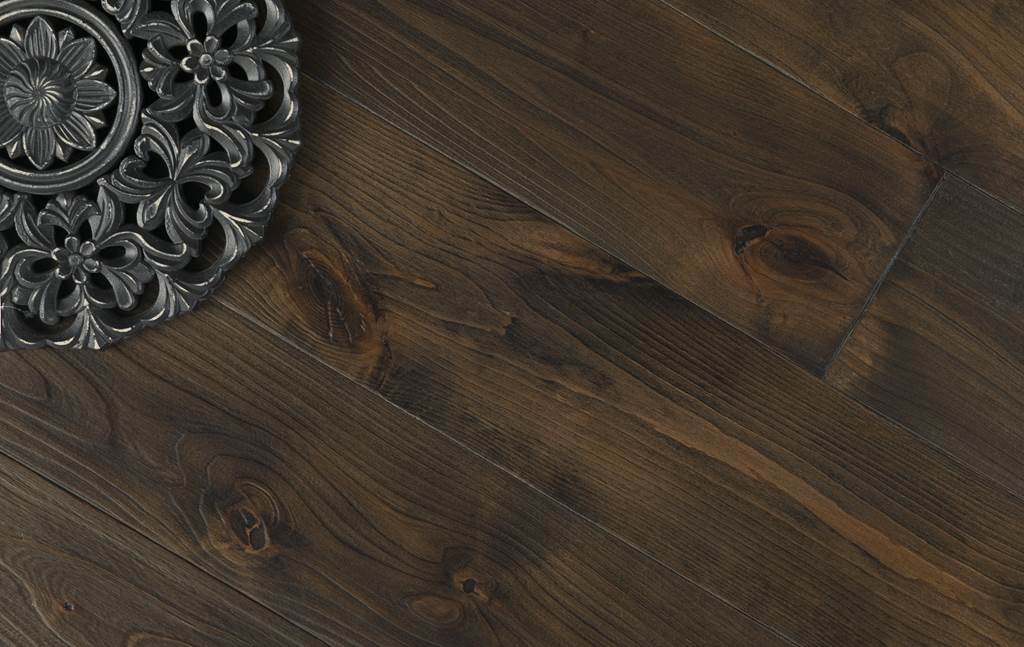The simple answer to the question of, “Should engineered hardwood flooring have gaps?” is that there will always be some sort of gap between hardwood floor planks. However, engineered hardwood is actually designed to reduce the size of the gaps. So unless installation mistakes are made, you shouldn’t end up with large gaps in your floor. That said, due to the intrinsic nature of wood and its ability to shrink or expand depending on heat and humidity levels you’ll always find some level of gapping. In this article we’ll go over some of the things to keep in mind to ensure any gaps are kept to a minimum.
Why Engineered Hardwood Is Considered Dimensionally Stable
Engineered hardwood floors are less prone to gapping due to the way they’re constructed. The core of engineered hardwood planks are composed of plywood which is made of cross grained layers. This means that the grain of each wood layer is set perpendicularly to the one above and below it. This cross graining reduces the ability of the plank to expand and contract when exposed to humidity and moisture. For this reason, engineered hardwood is considered more dimensionally stable than regular hardwood. That’s not to say that expansion and contraction is completely eliminated, but it will be much less noticeable when compared with regular hardwood.
Installation Problems
Most noticeable gaps that occur when using engineered hardwood planks are due to problems during installation. Prior to installing any type of hardwood floor, the planks should be allowed to acclimatize. This is done by simply leaving them in the installation area for a few days and letting them adjust to the humidity and temperature of the room. This will decrease the chance of gapping after the floorboards are installed.
When hardwood floors are glued down, any gaps that occur during installation usually end up being permanent. It may be possible to join the gaps after the fact, but if the glue has already set, quite often the planks will slowly shift back to their original position. Glue down floors are best installed by those with prior experience.
Floating floors are more friendly for the DIYer, but care still needs to be taken to ensure they’re cut to the proper size and installed correctly. When using the right sizes or wood and installing them with care, any excess gapping can be avoided by even the most inexperienced of floor installers.

